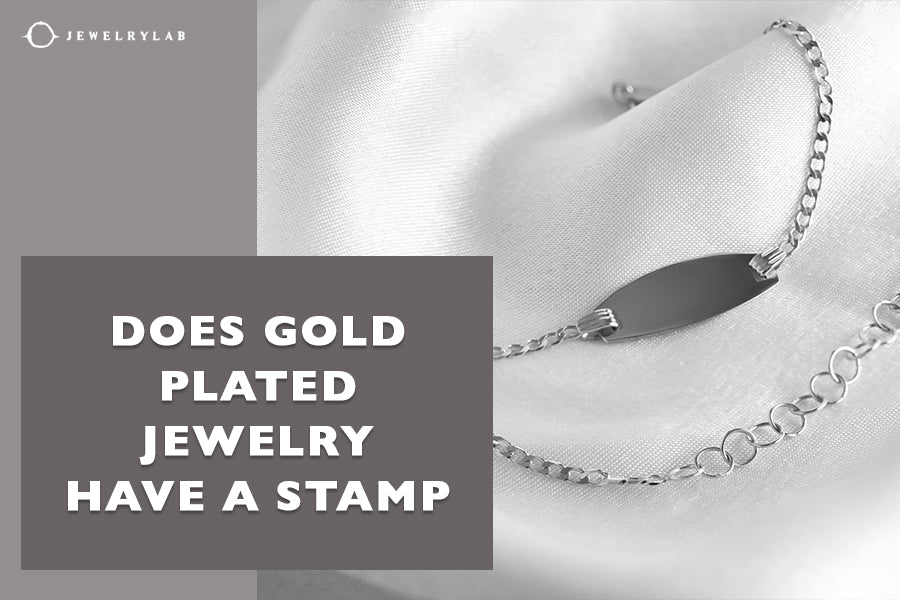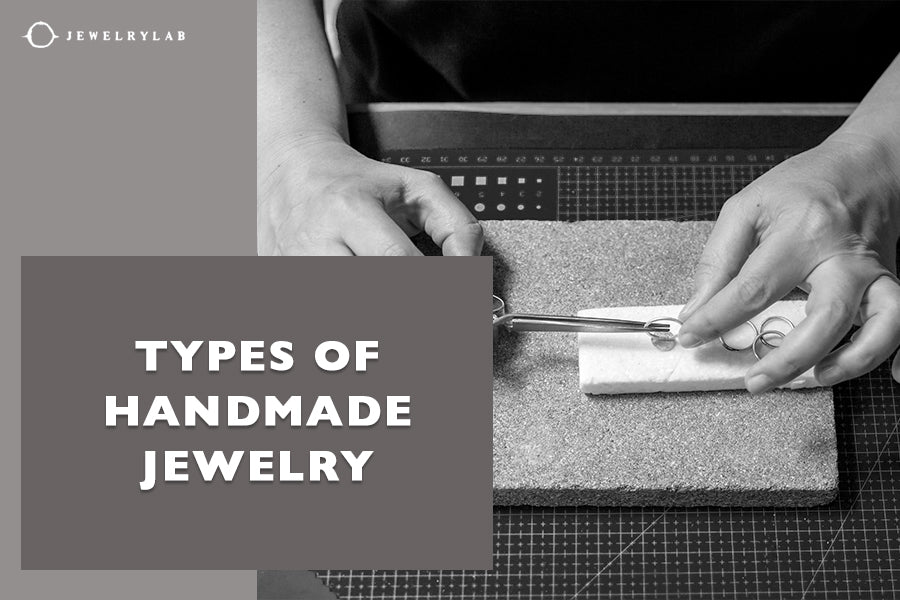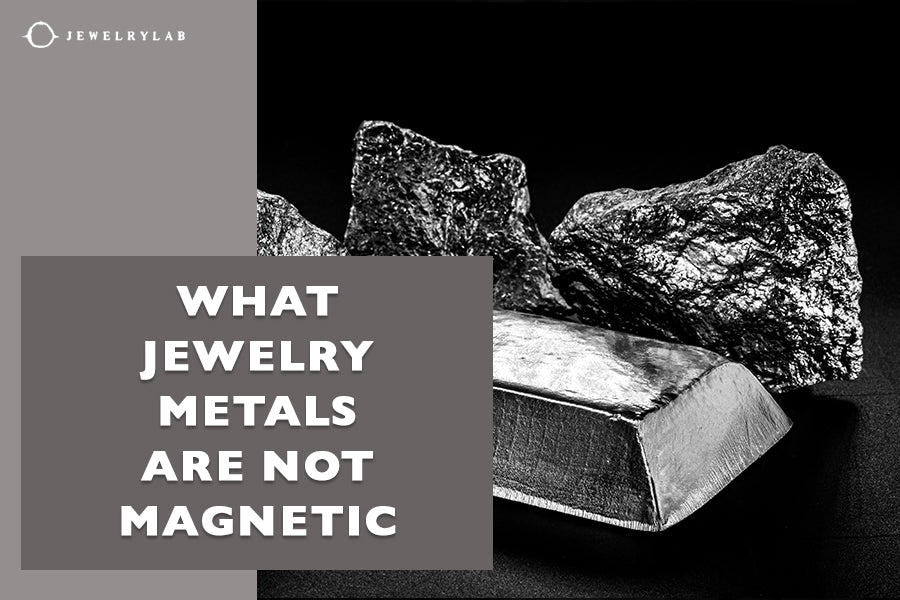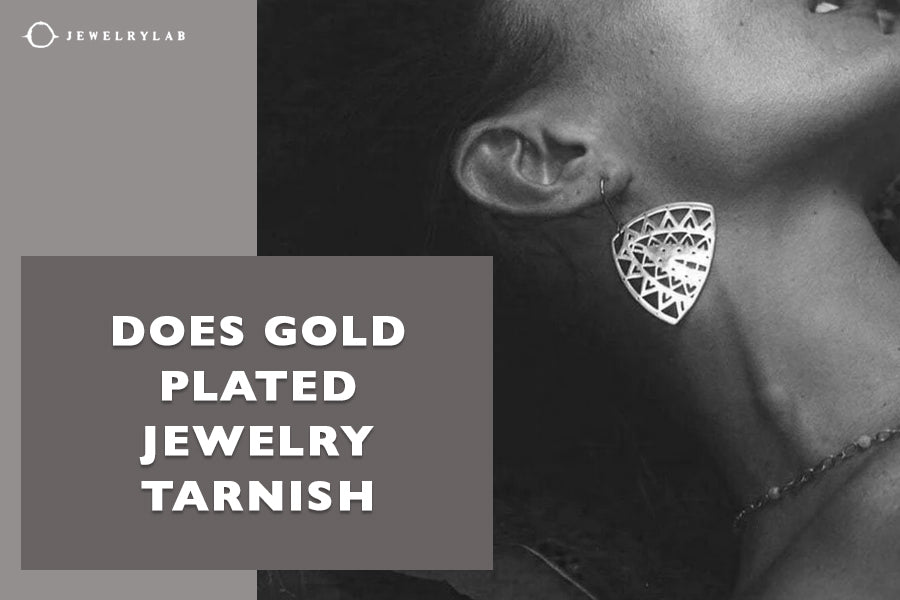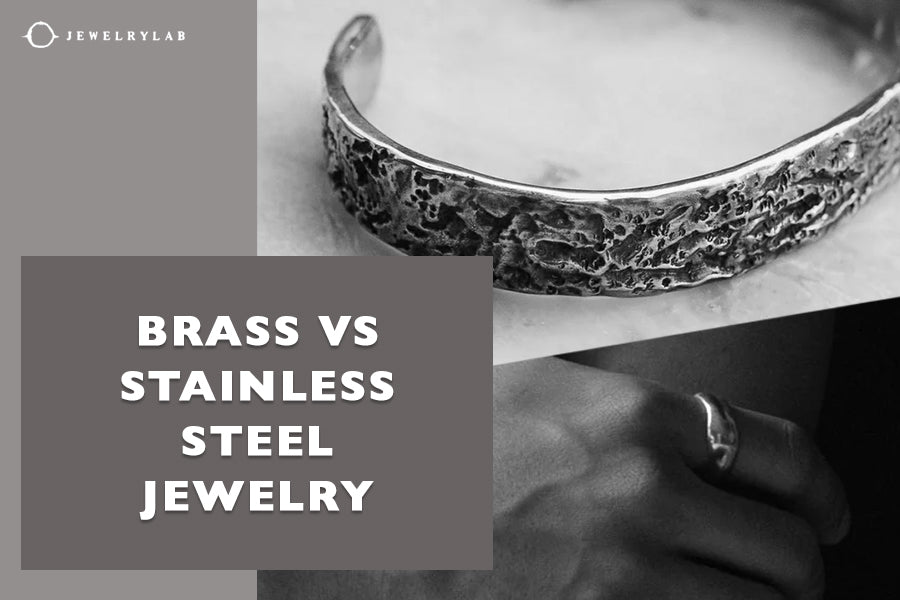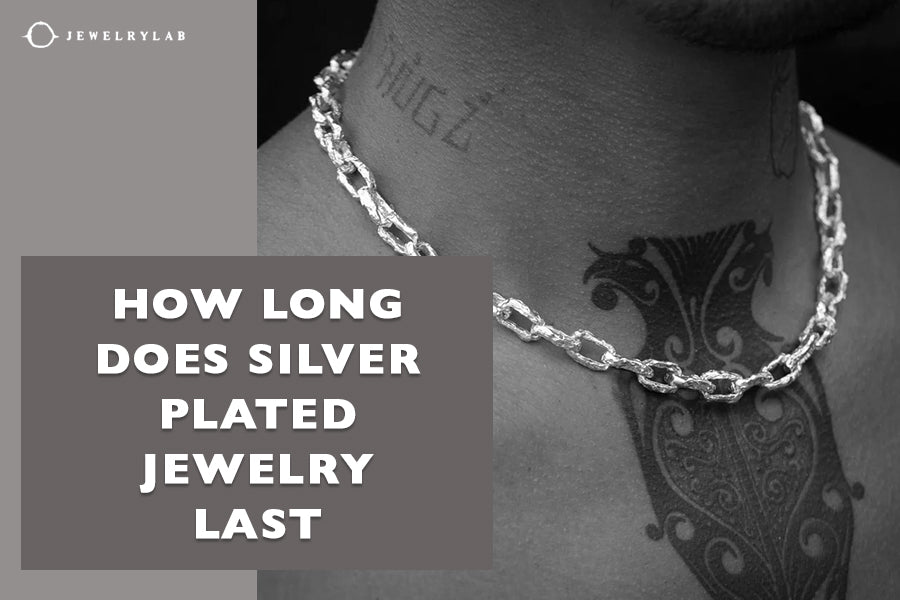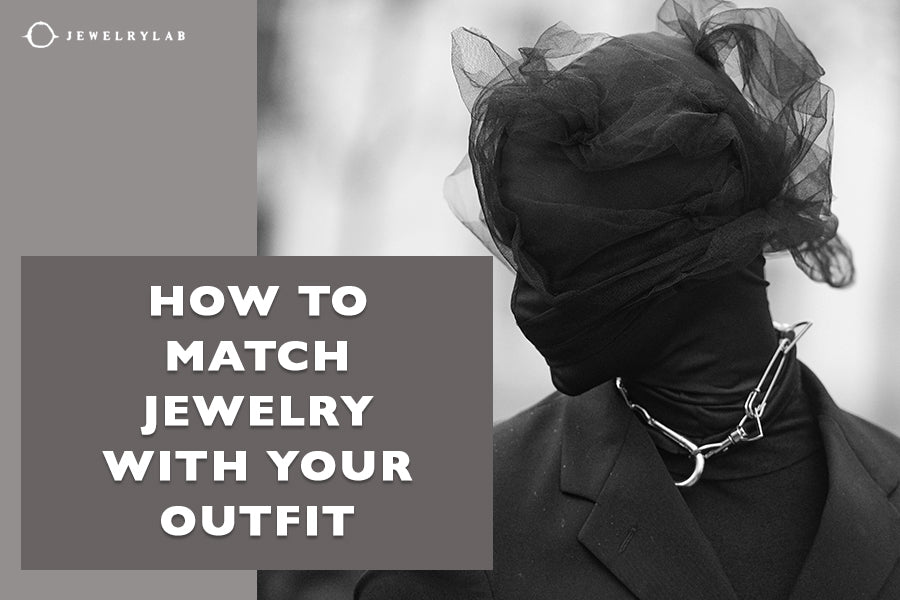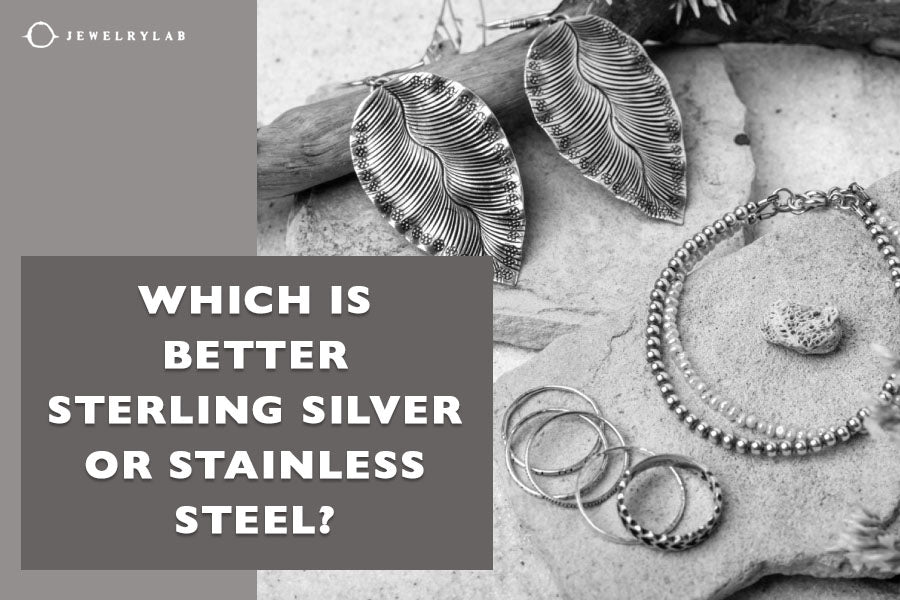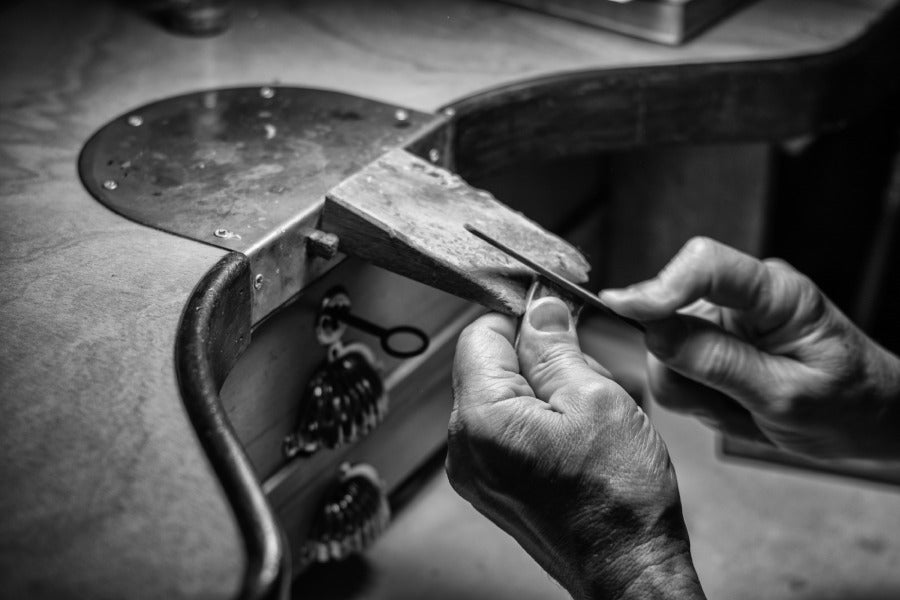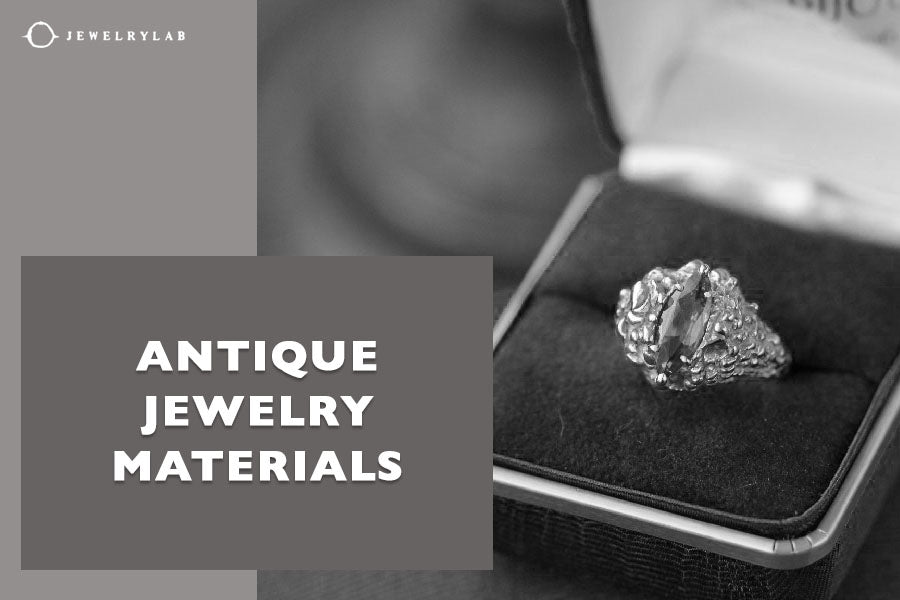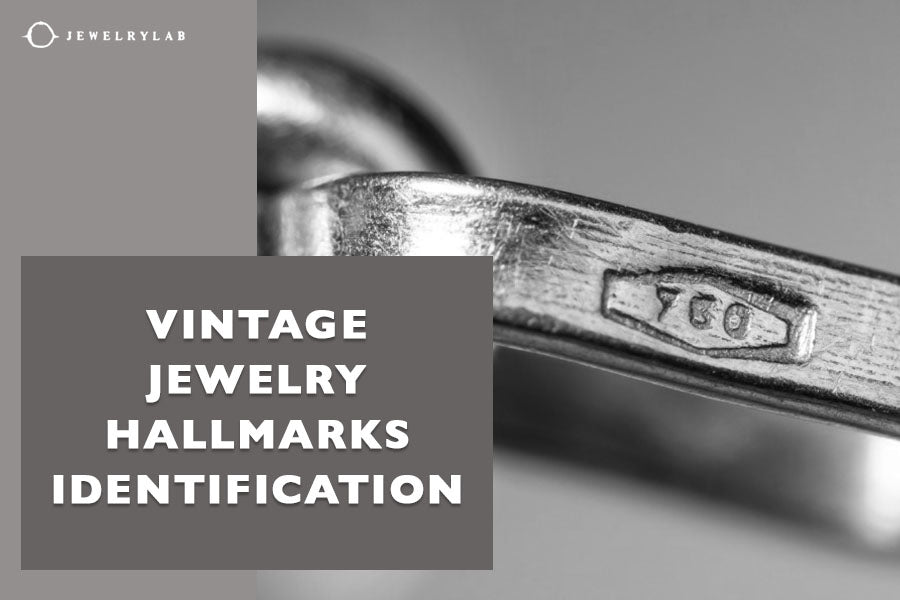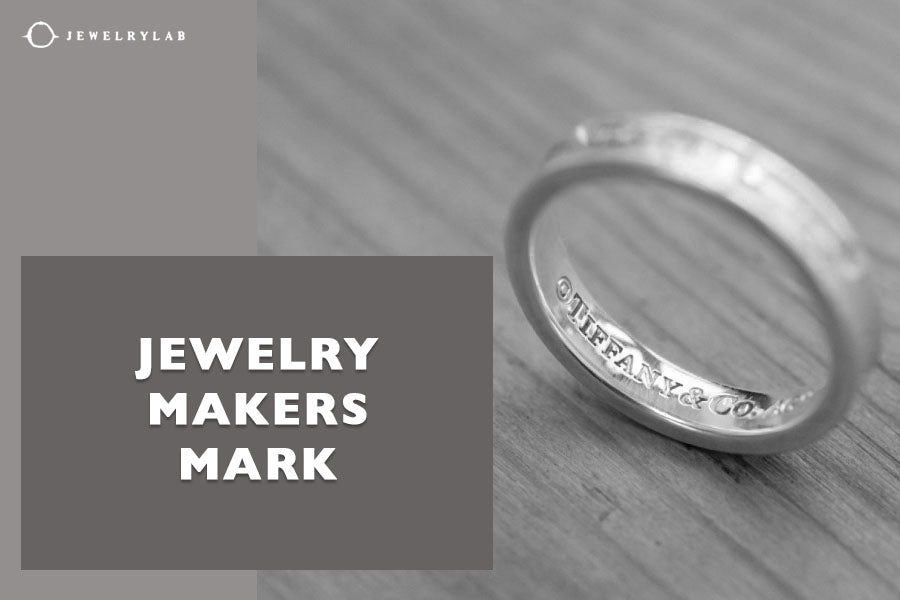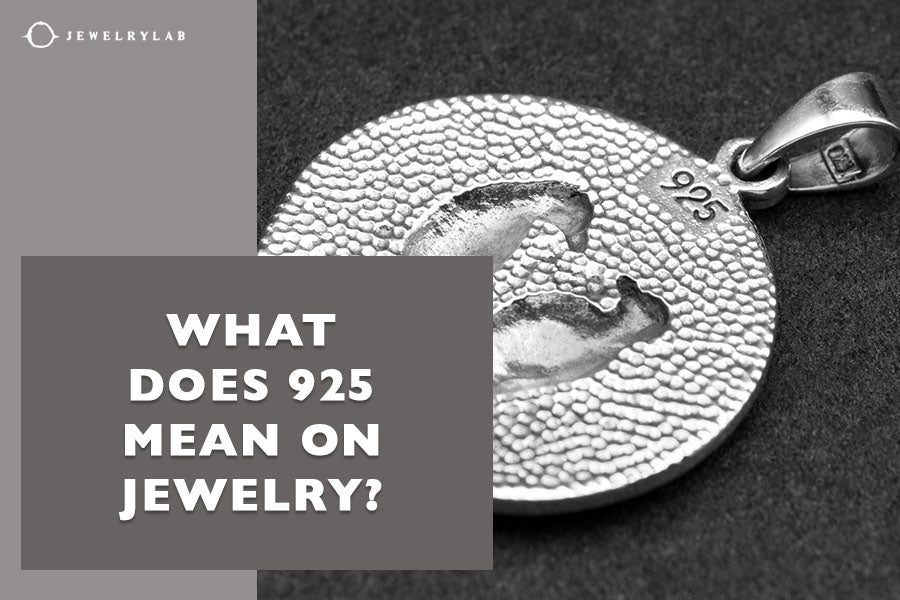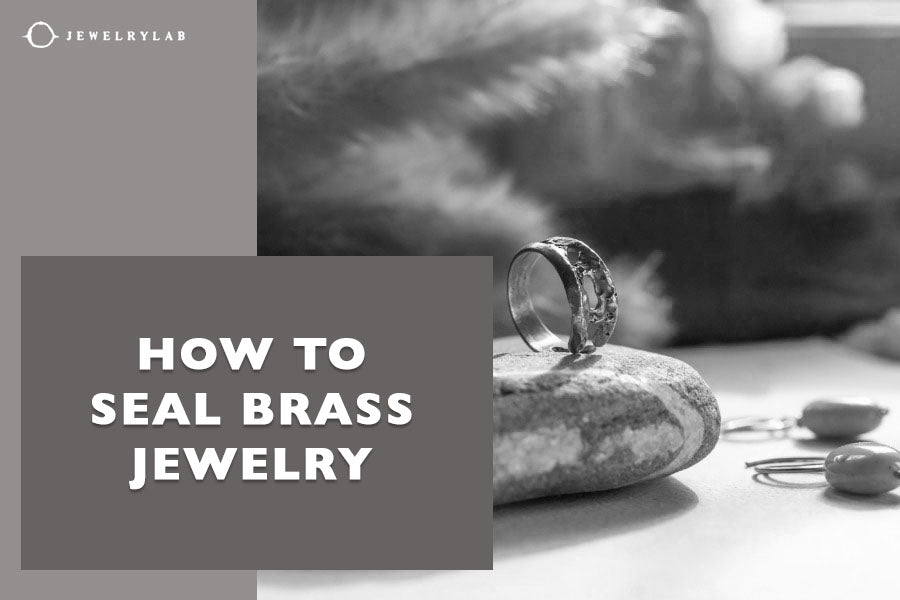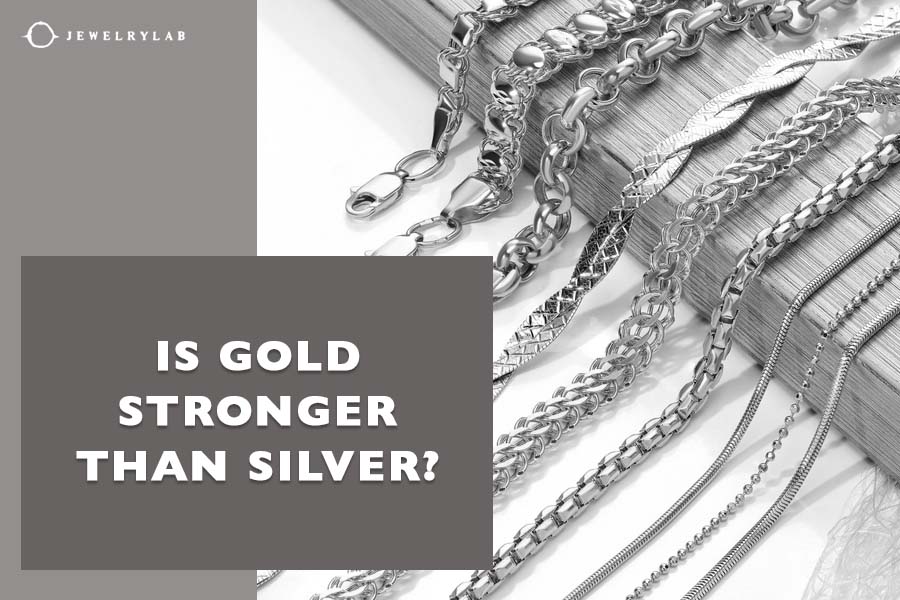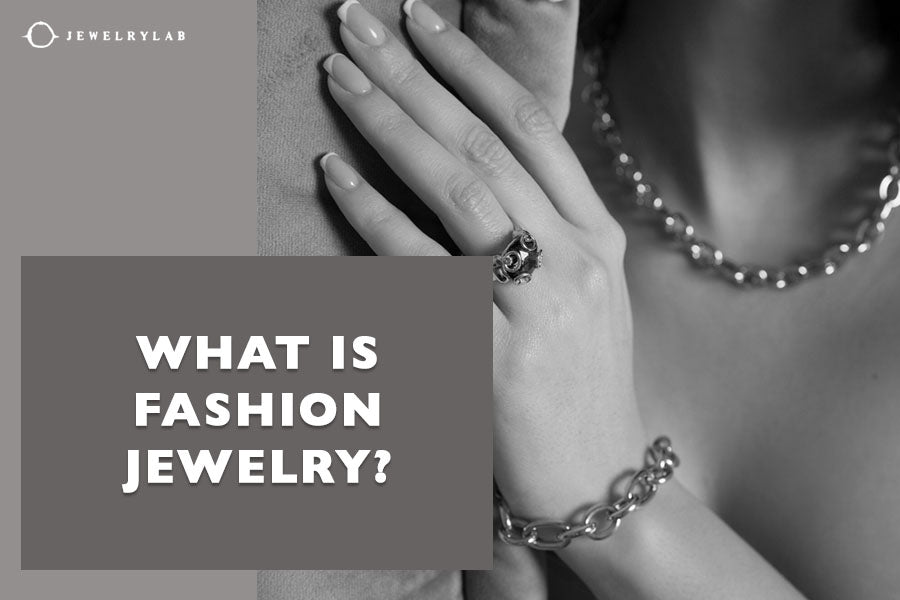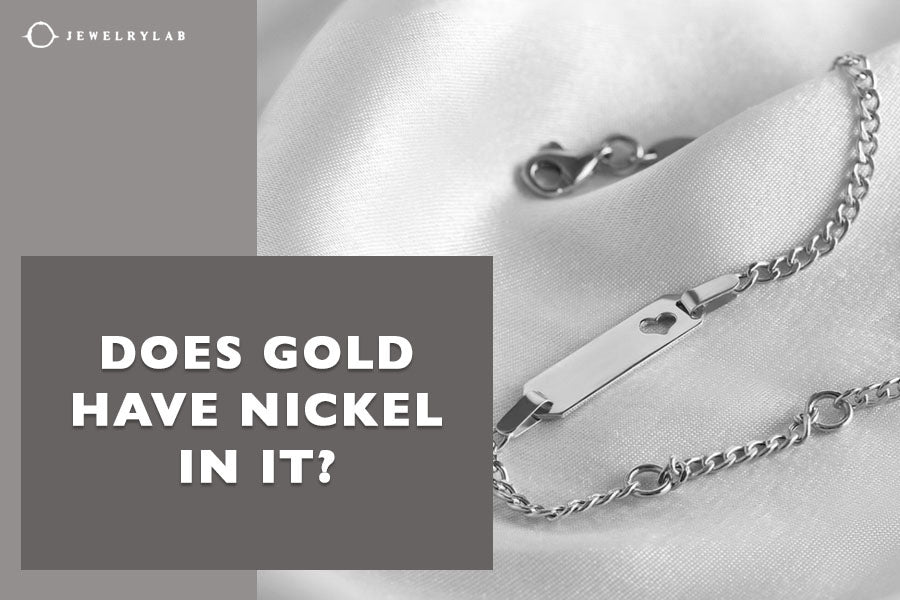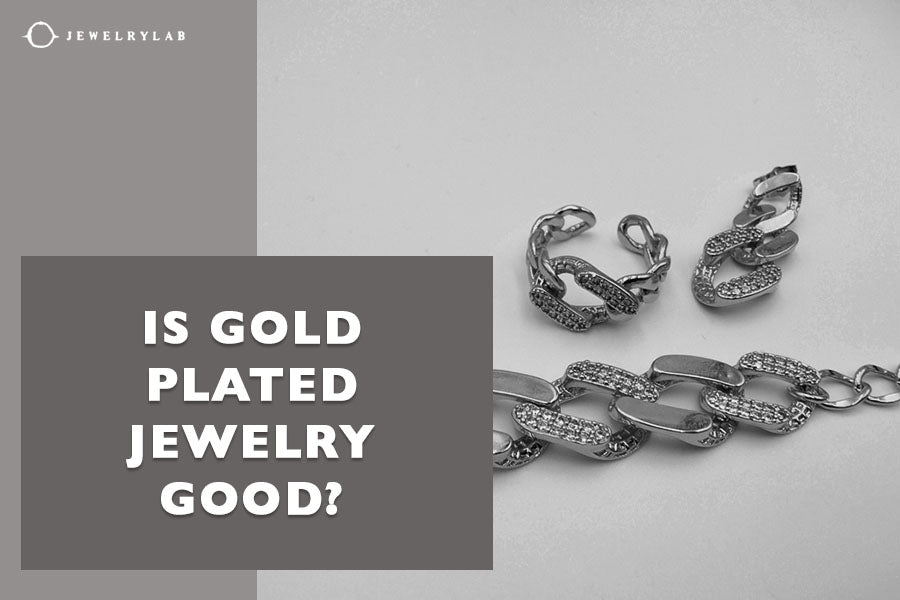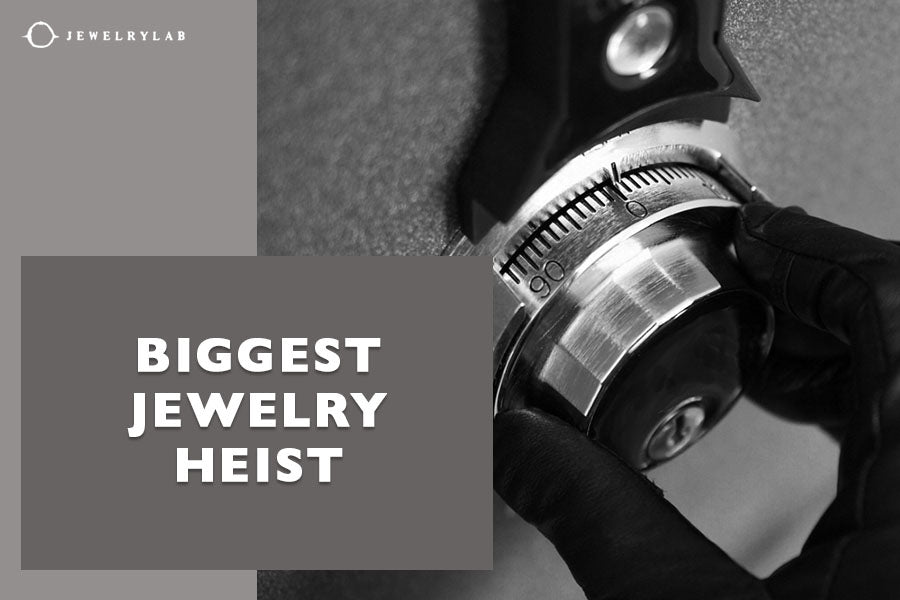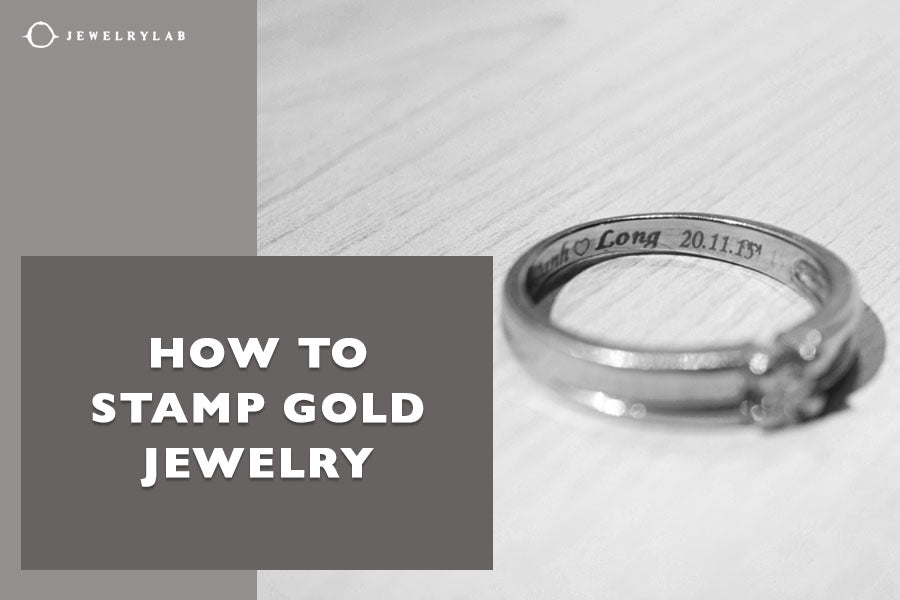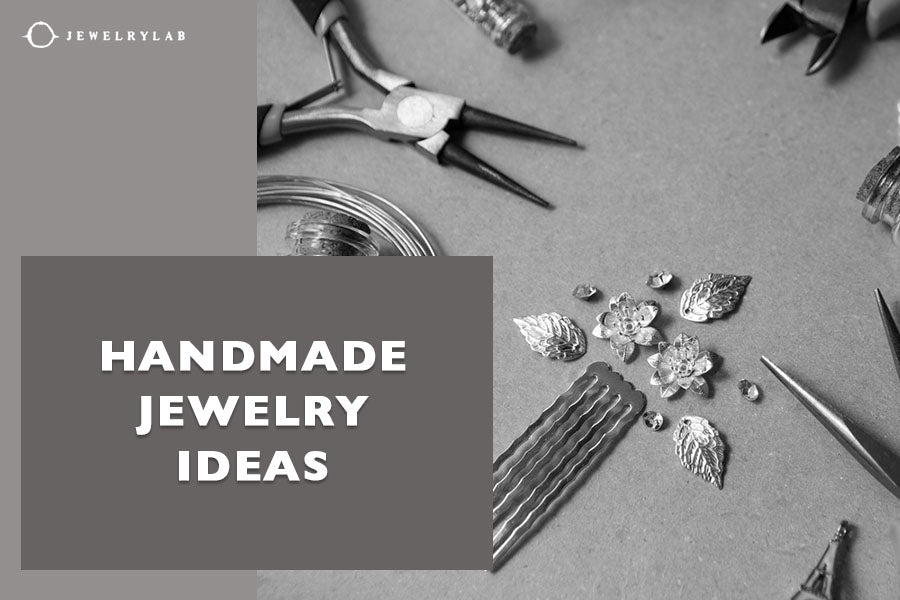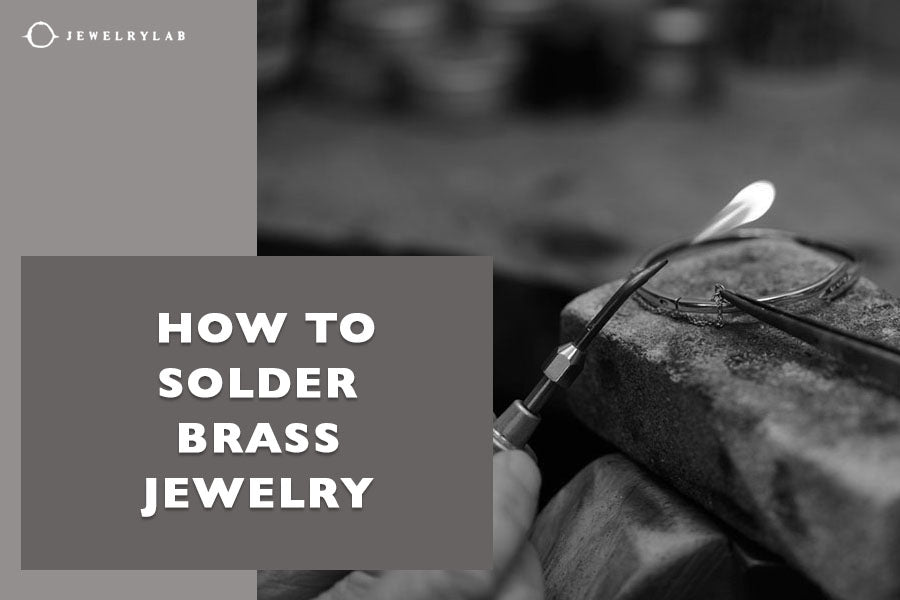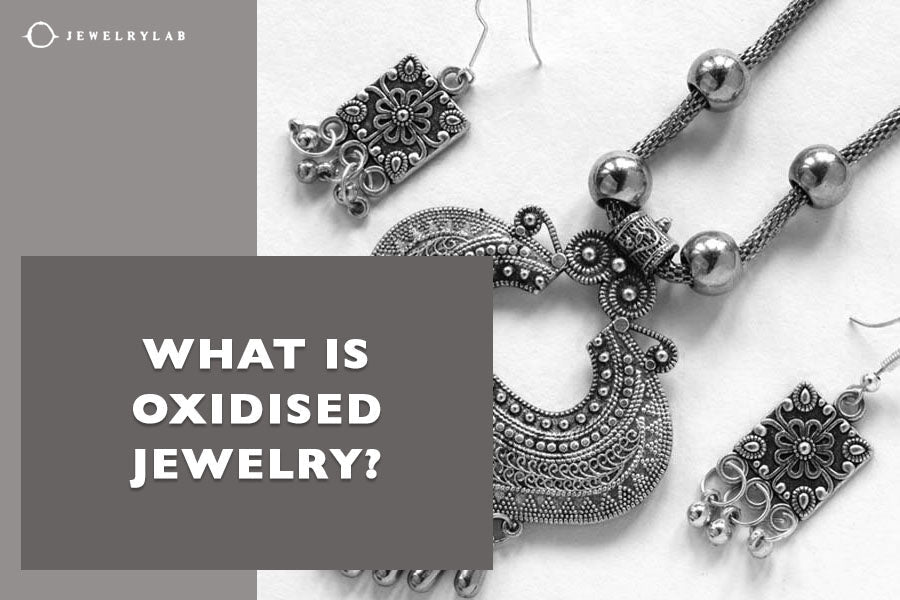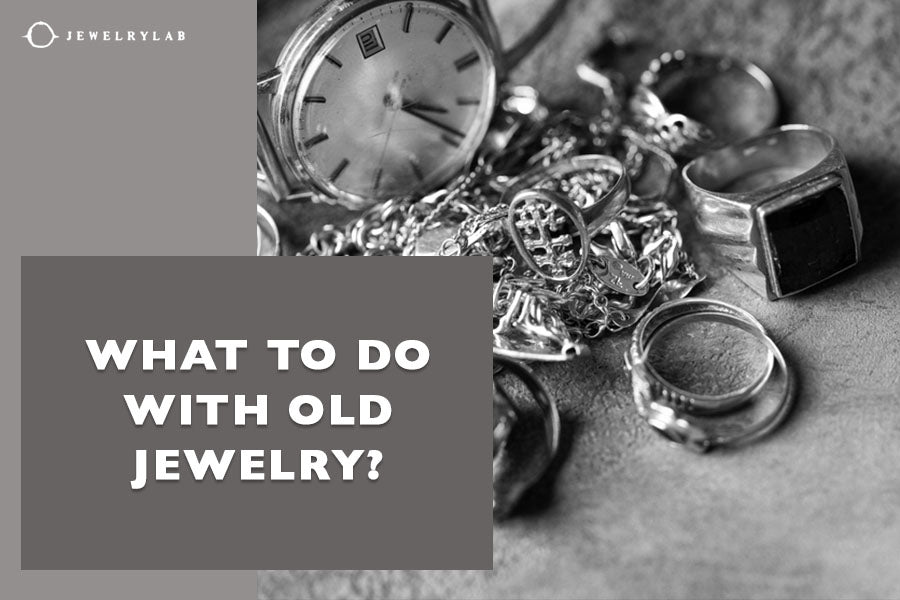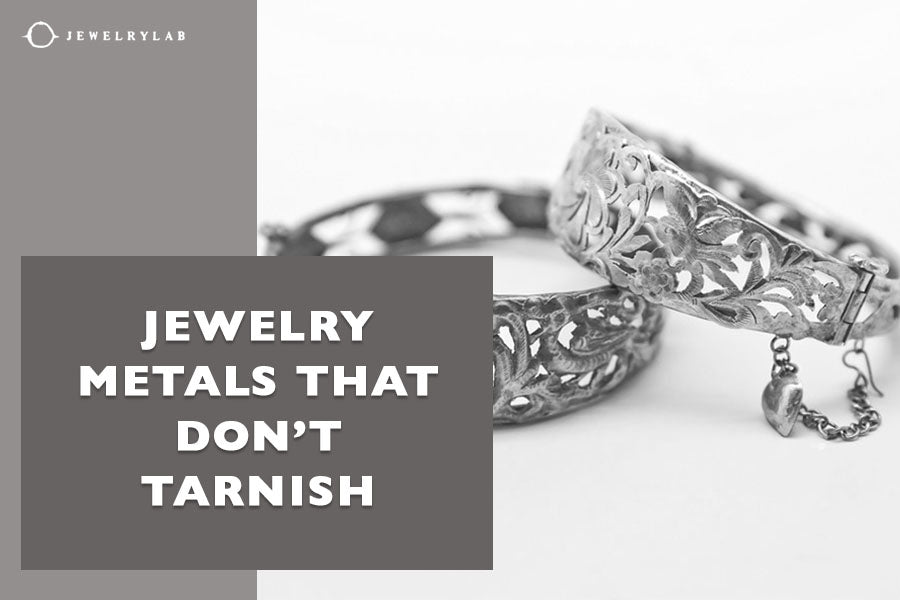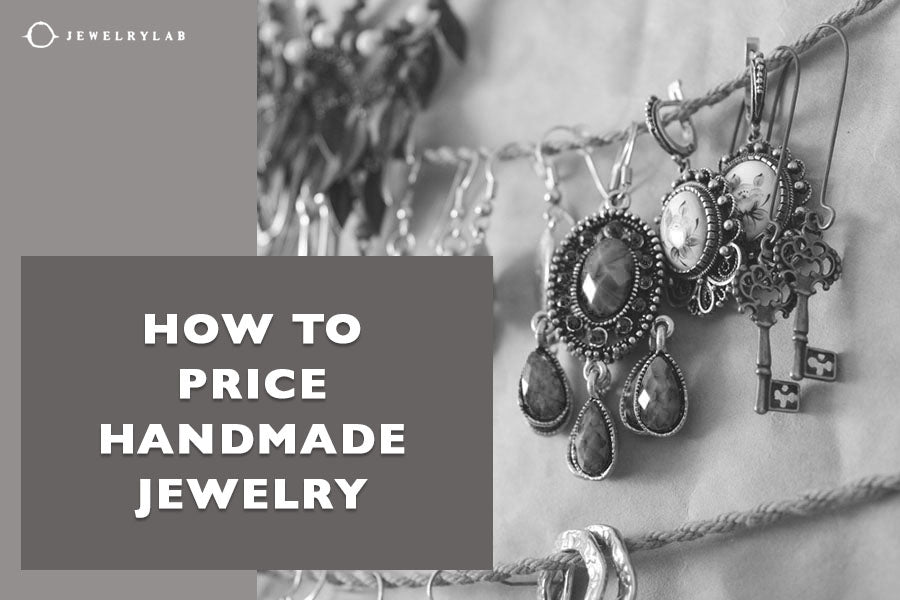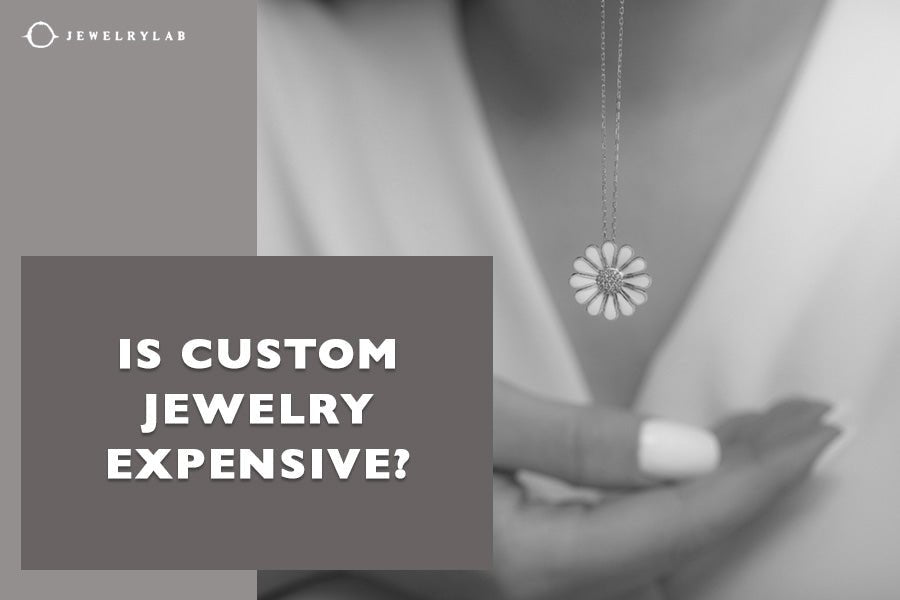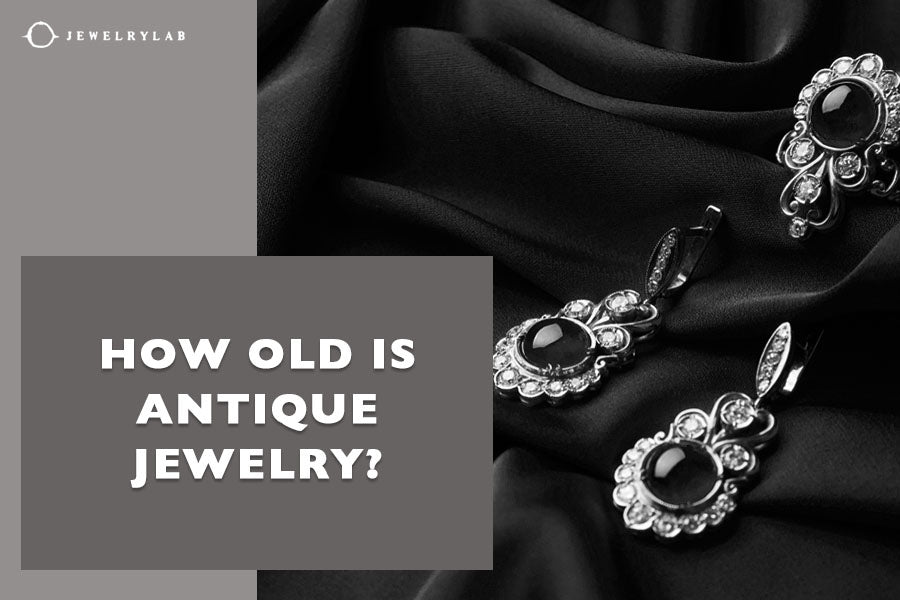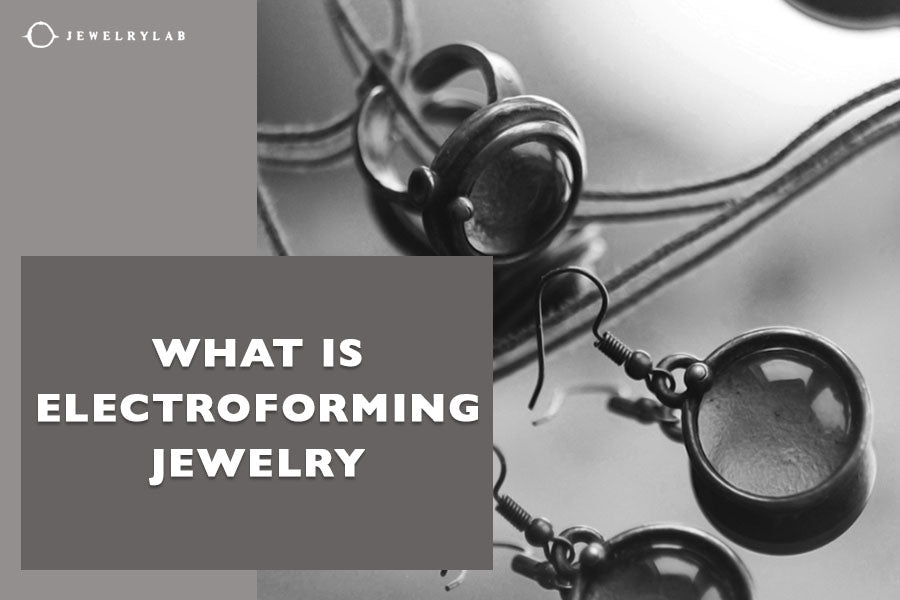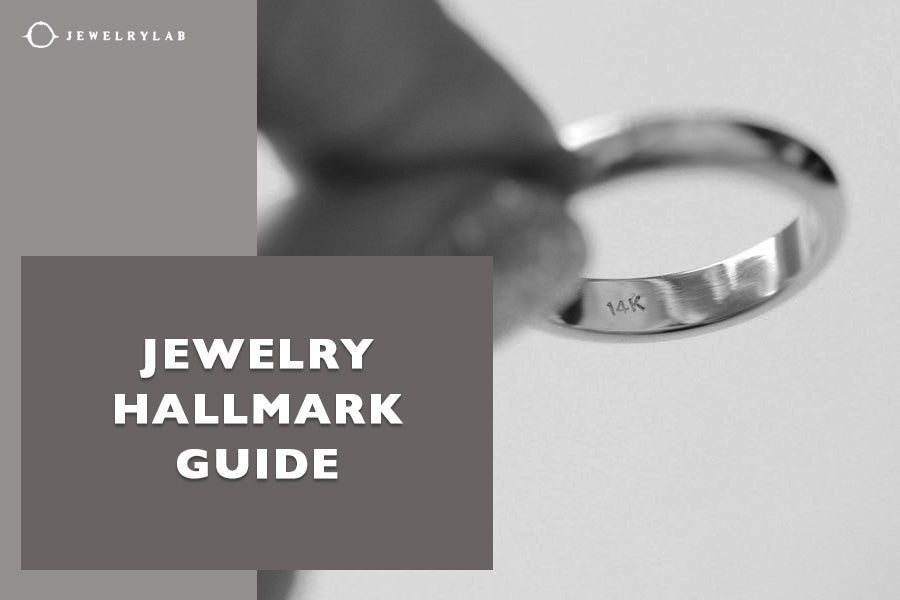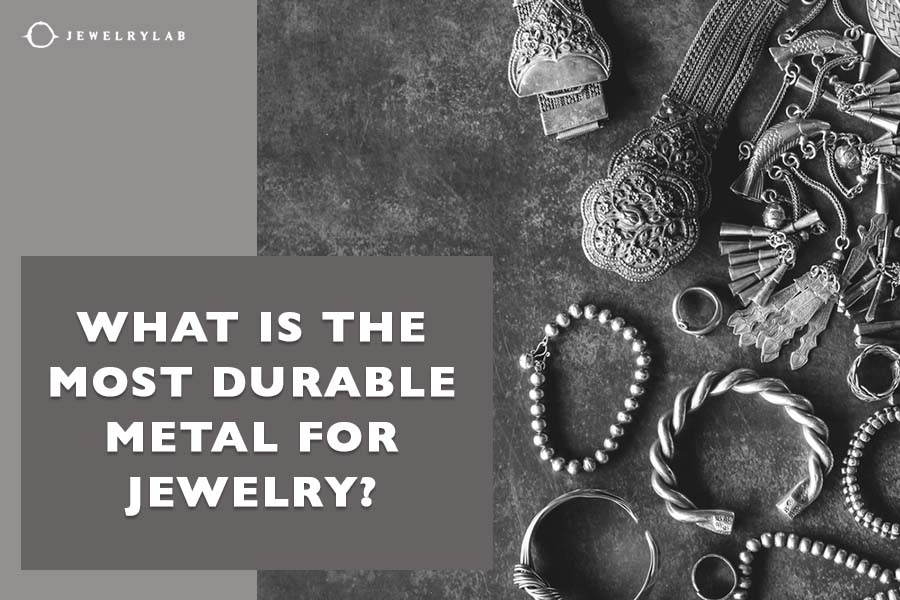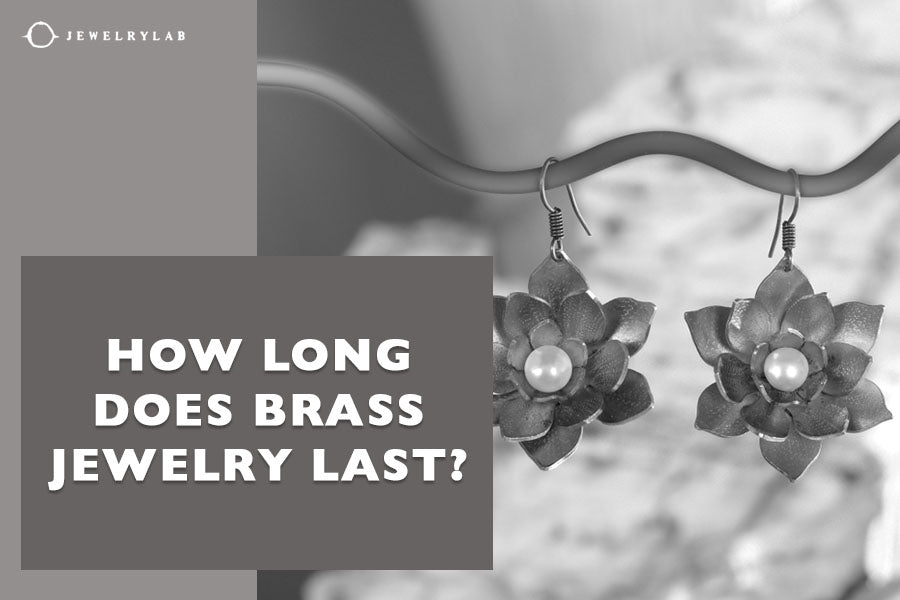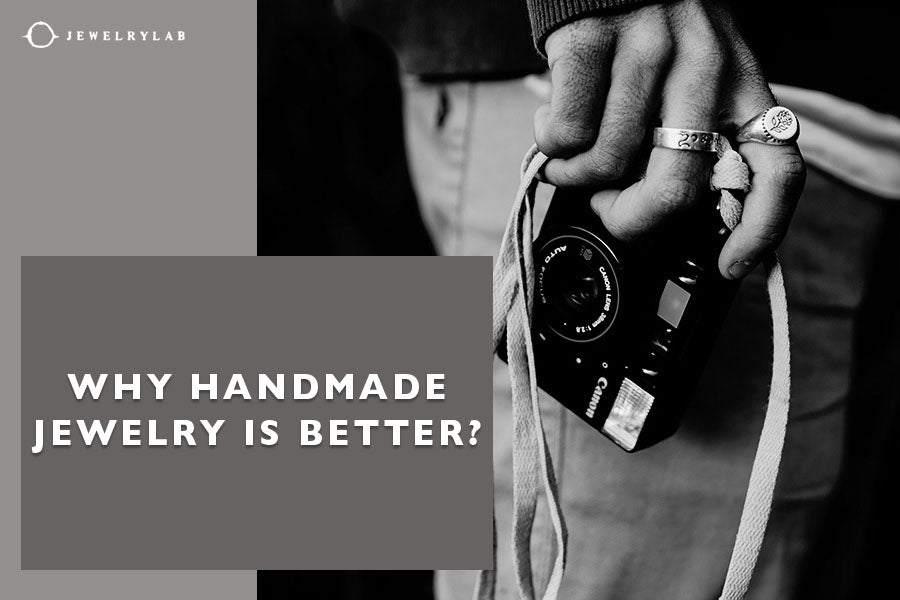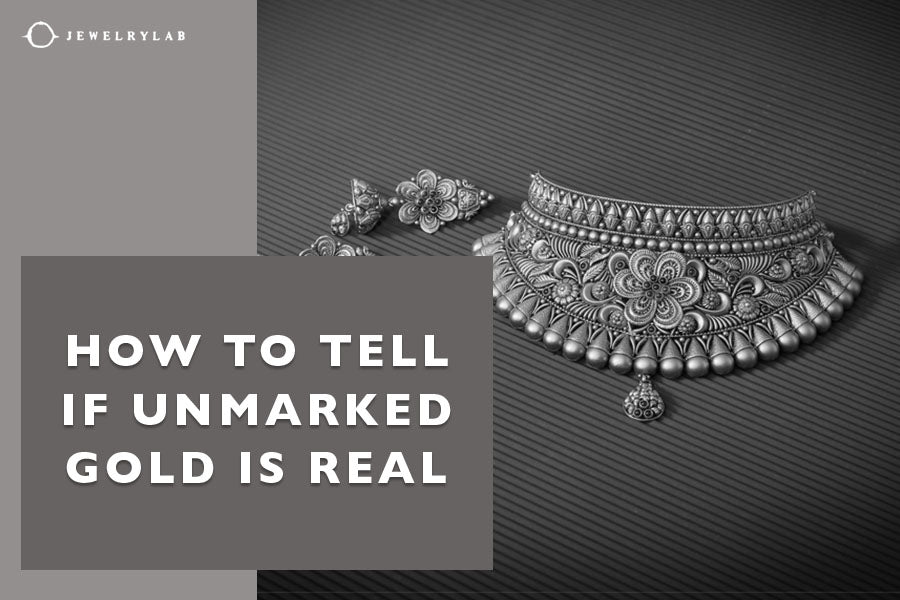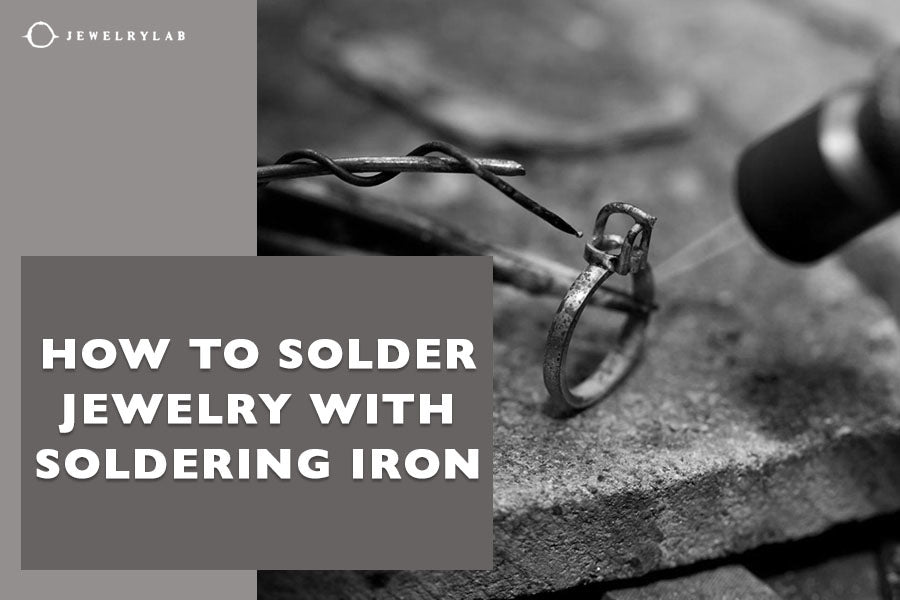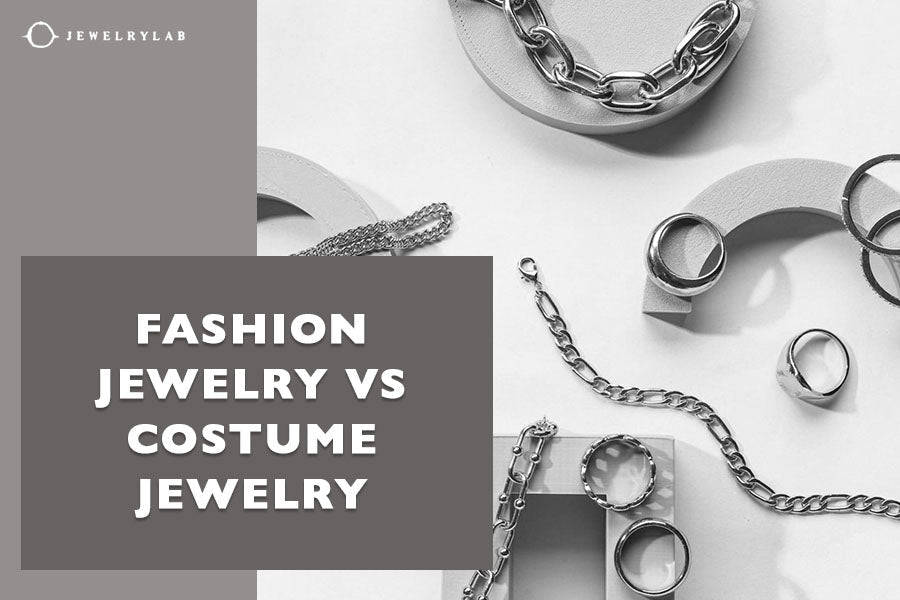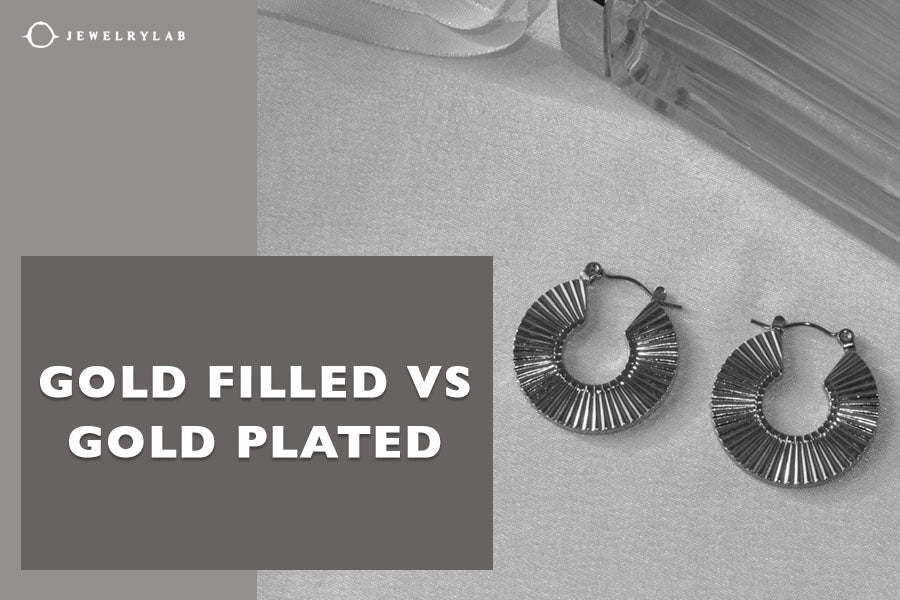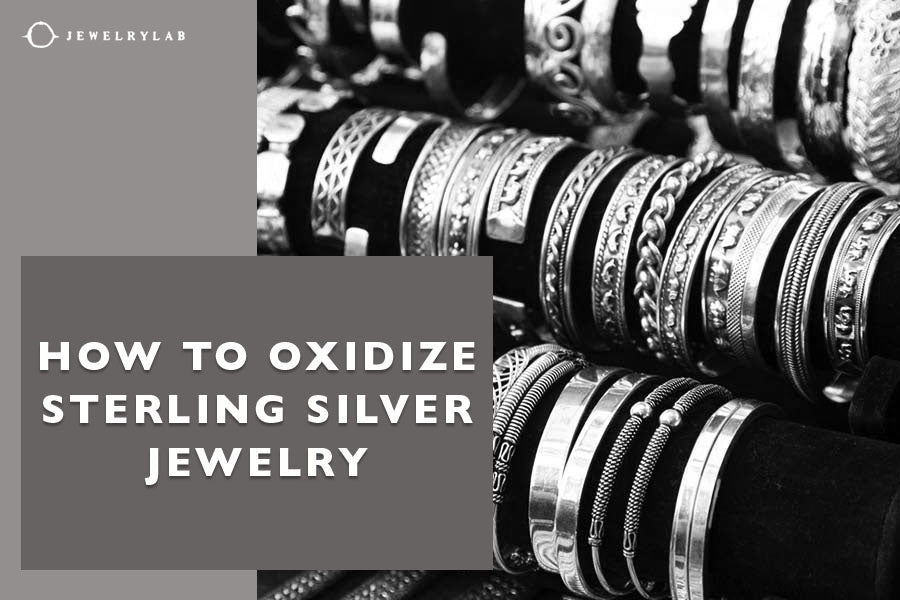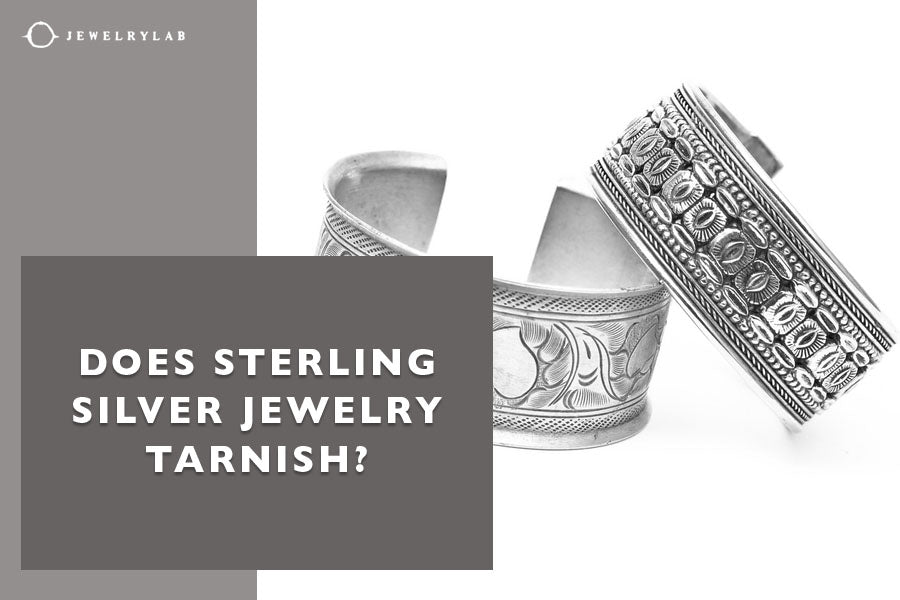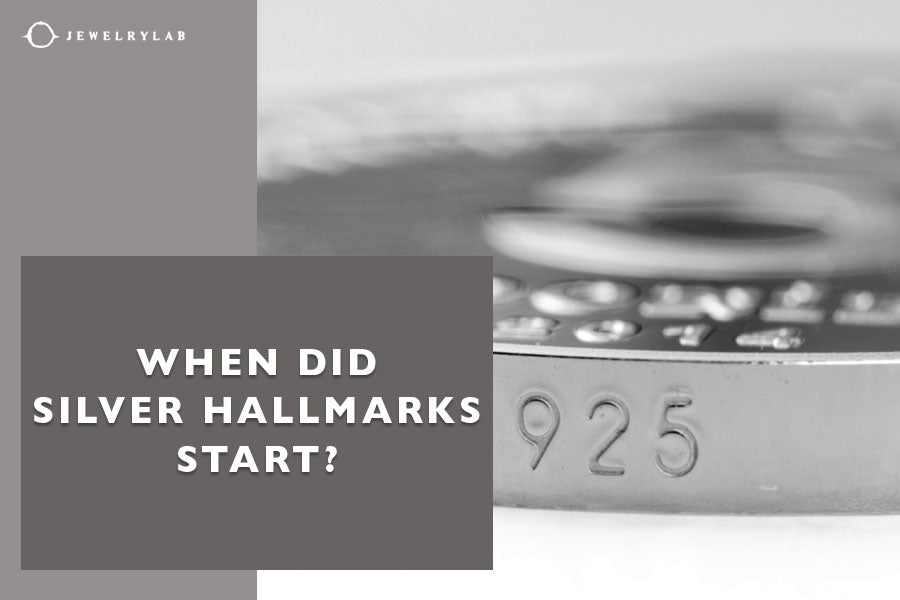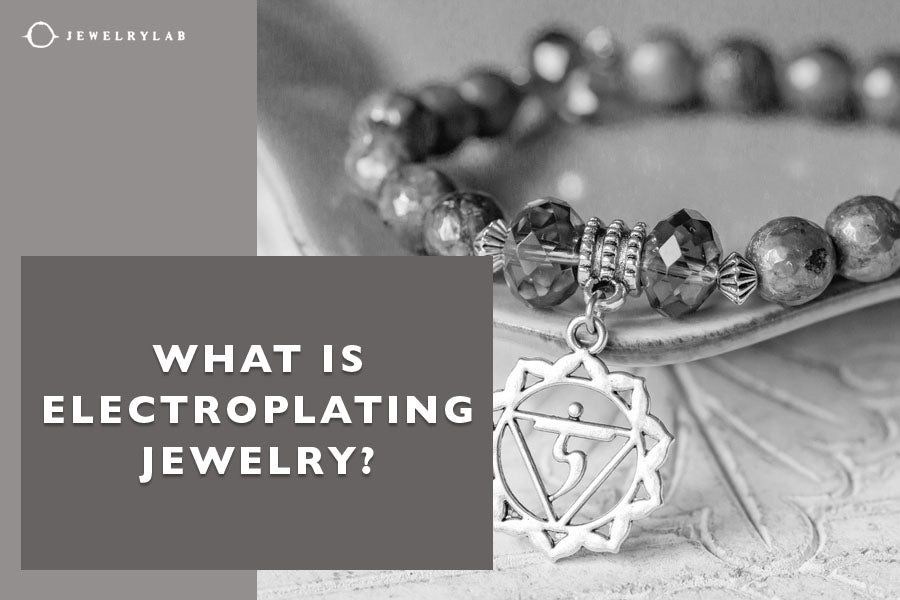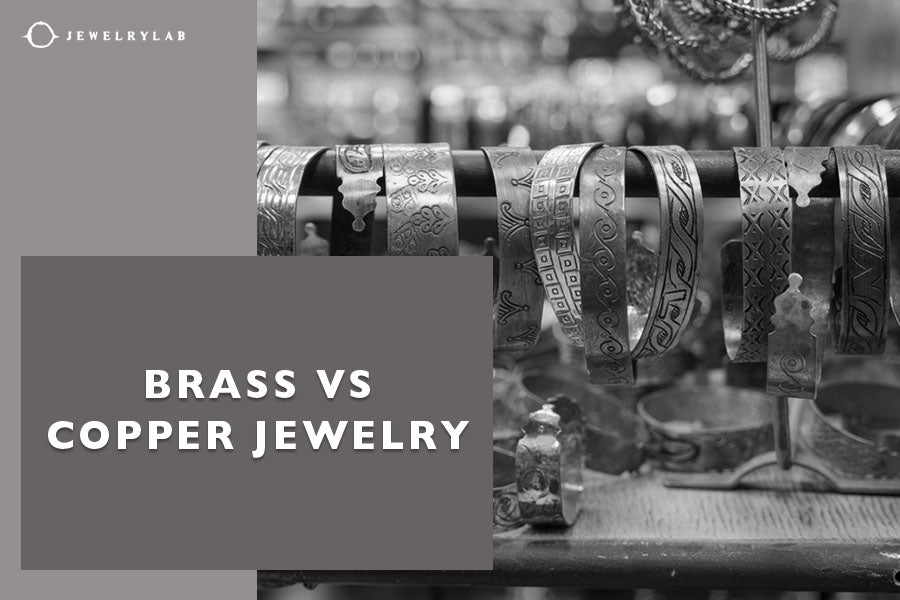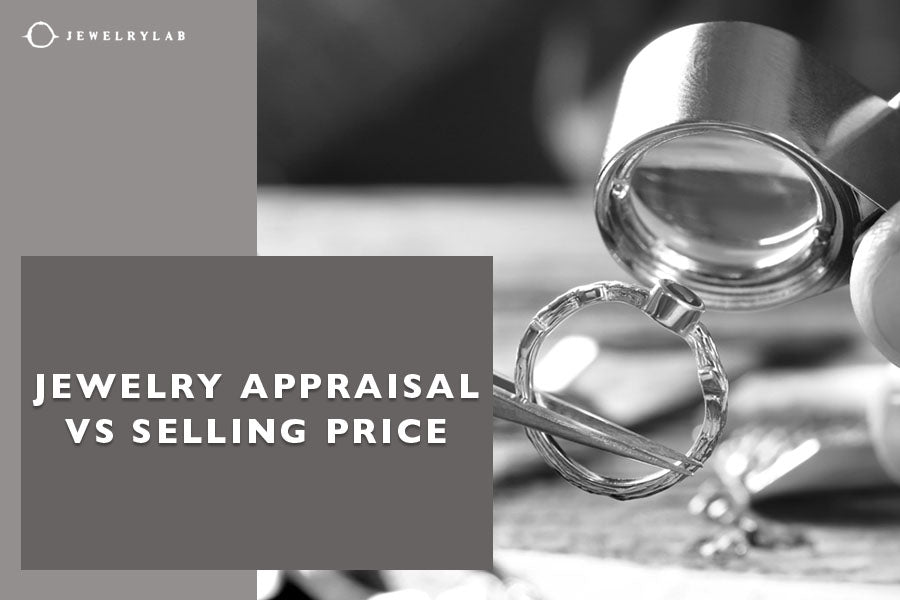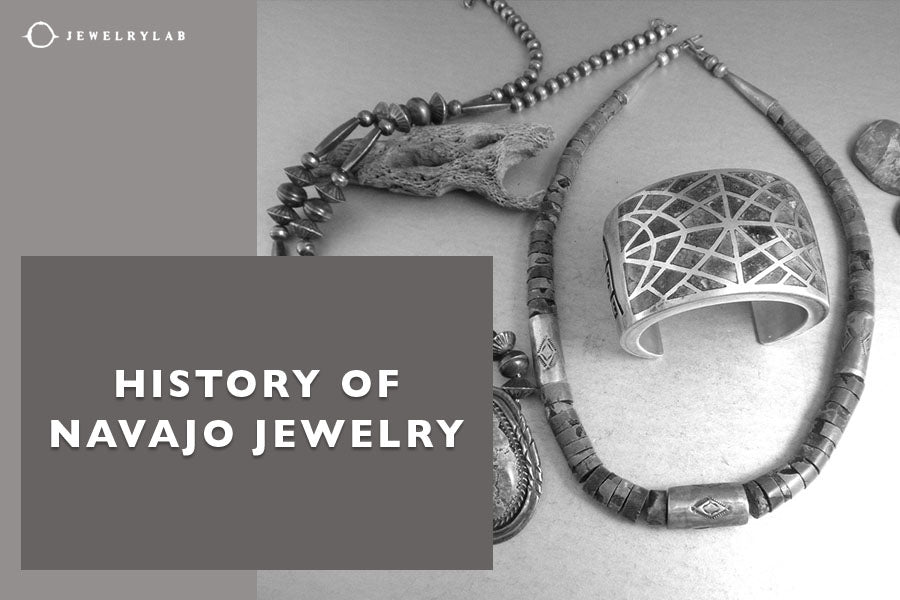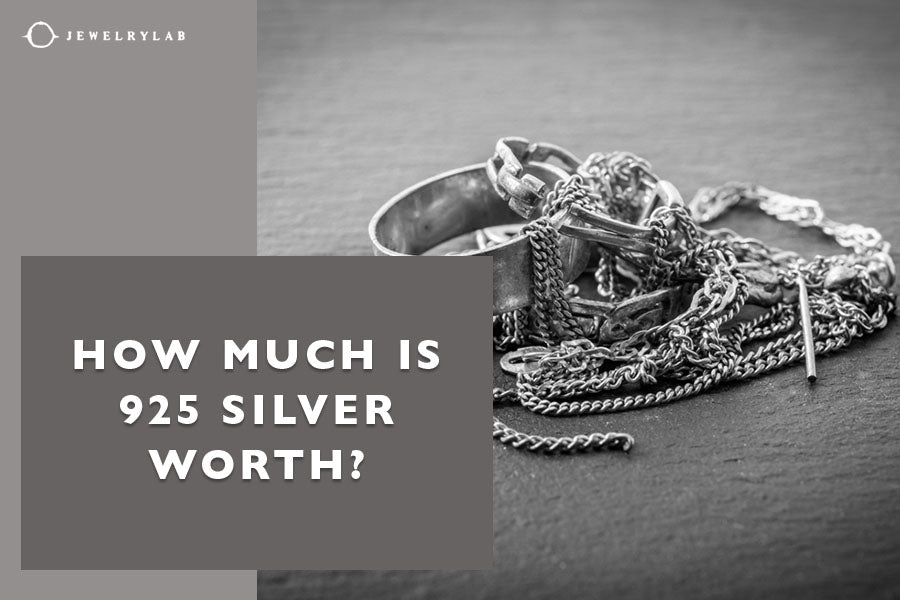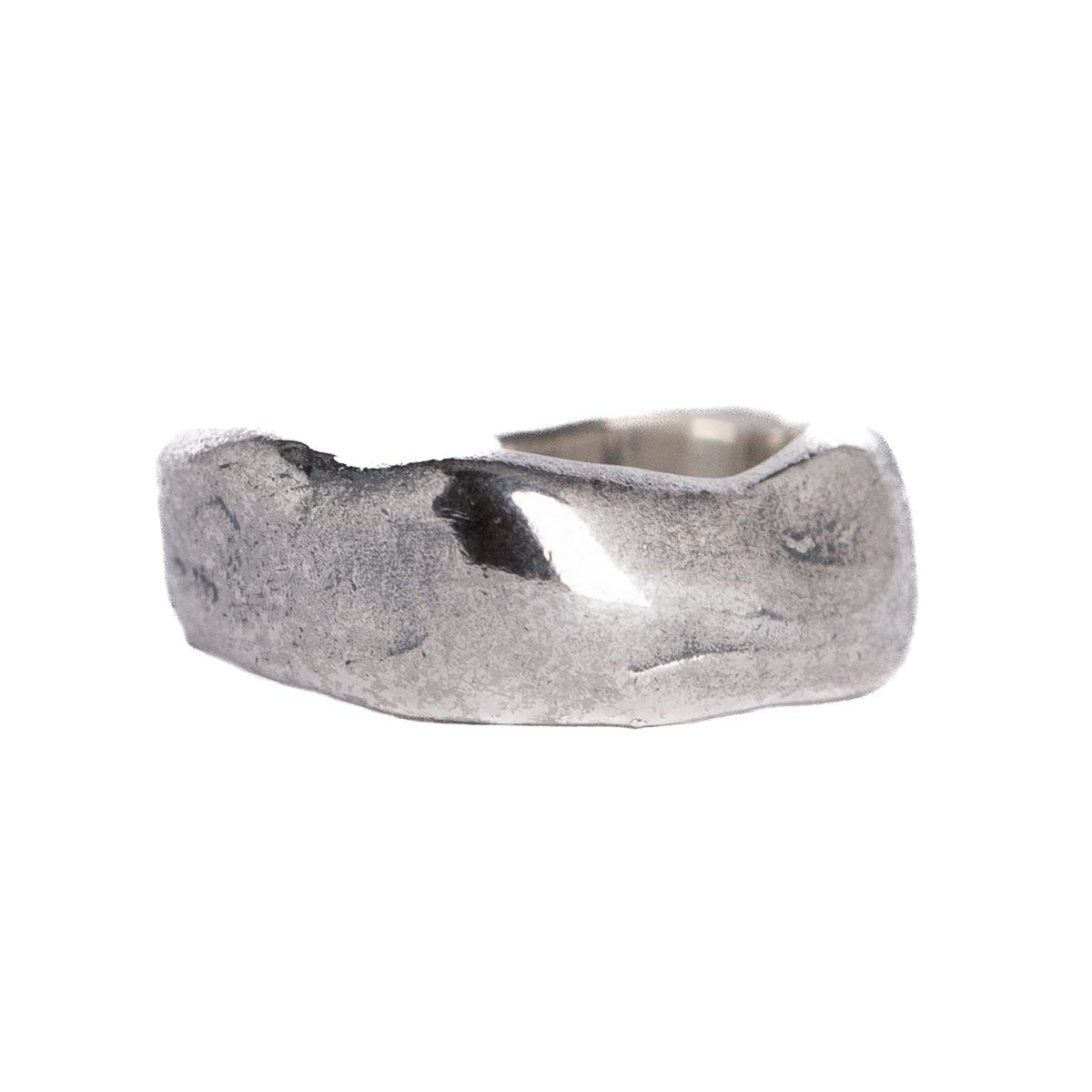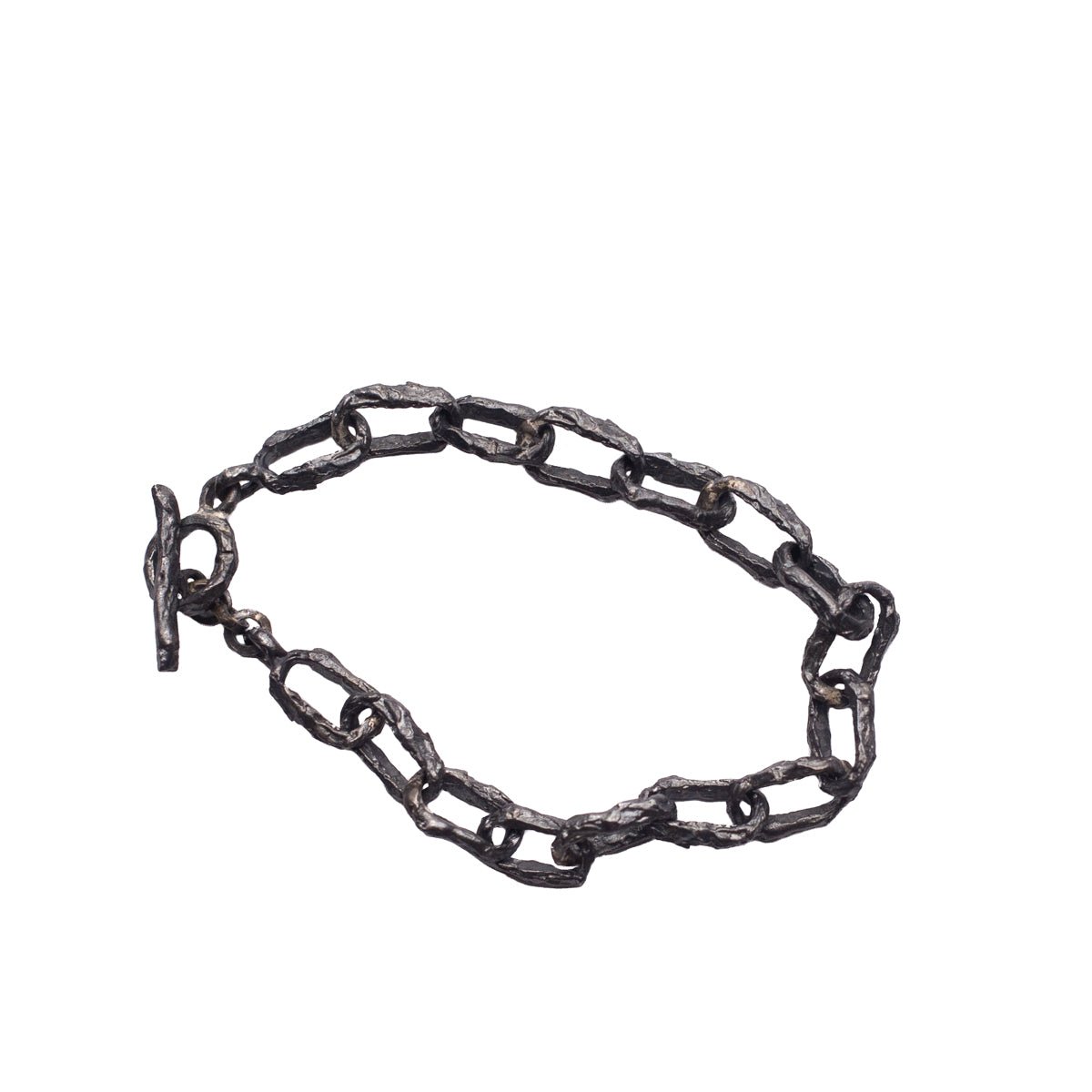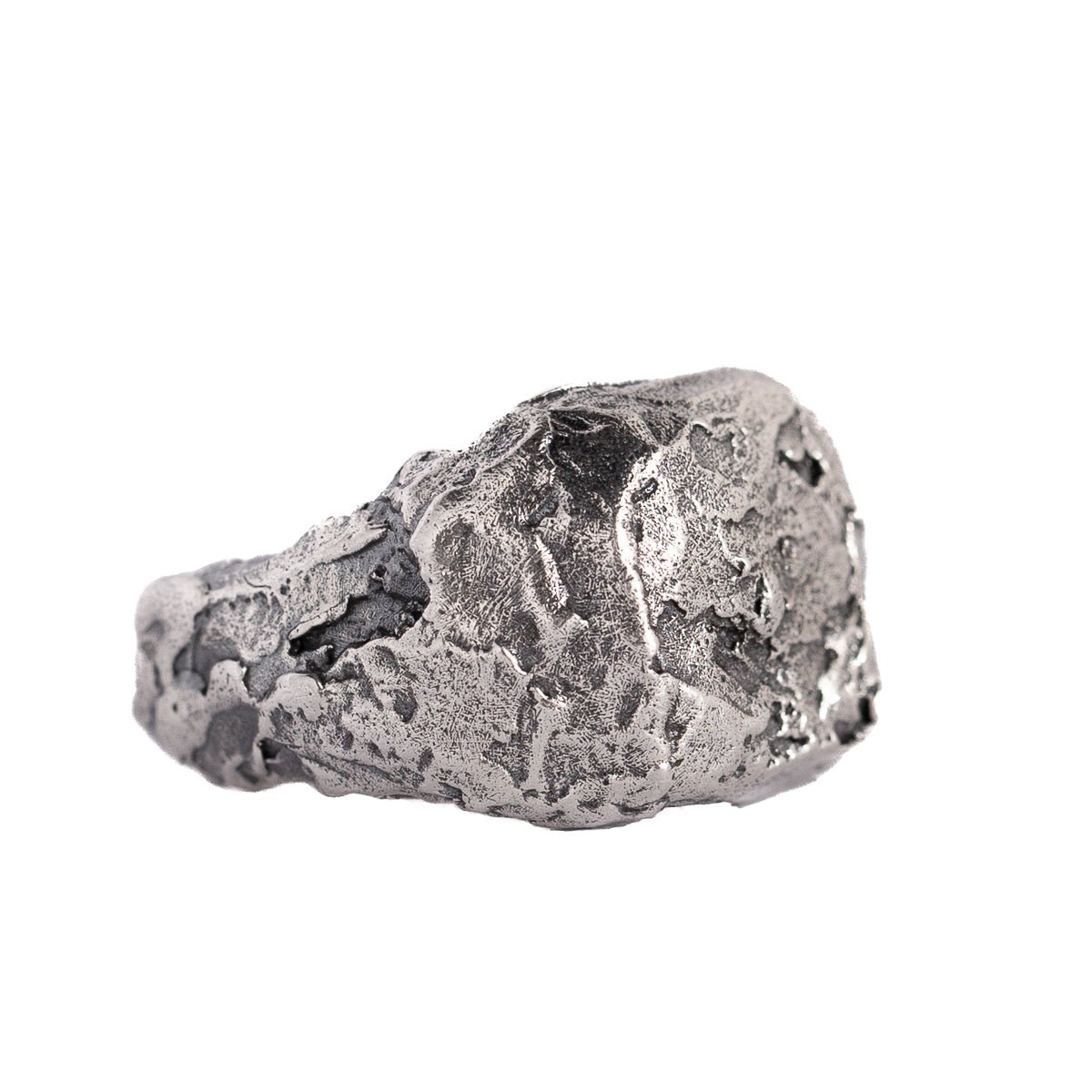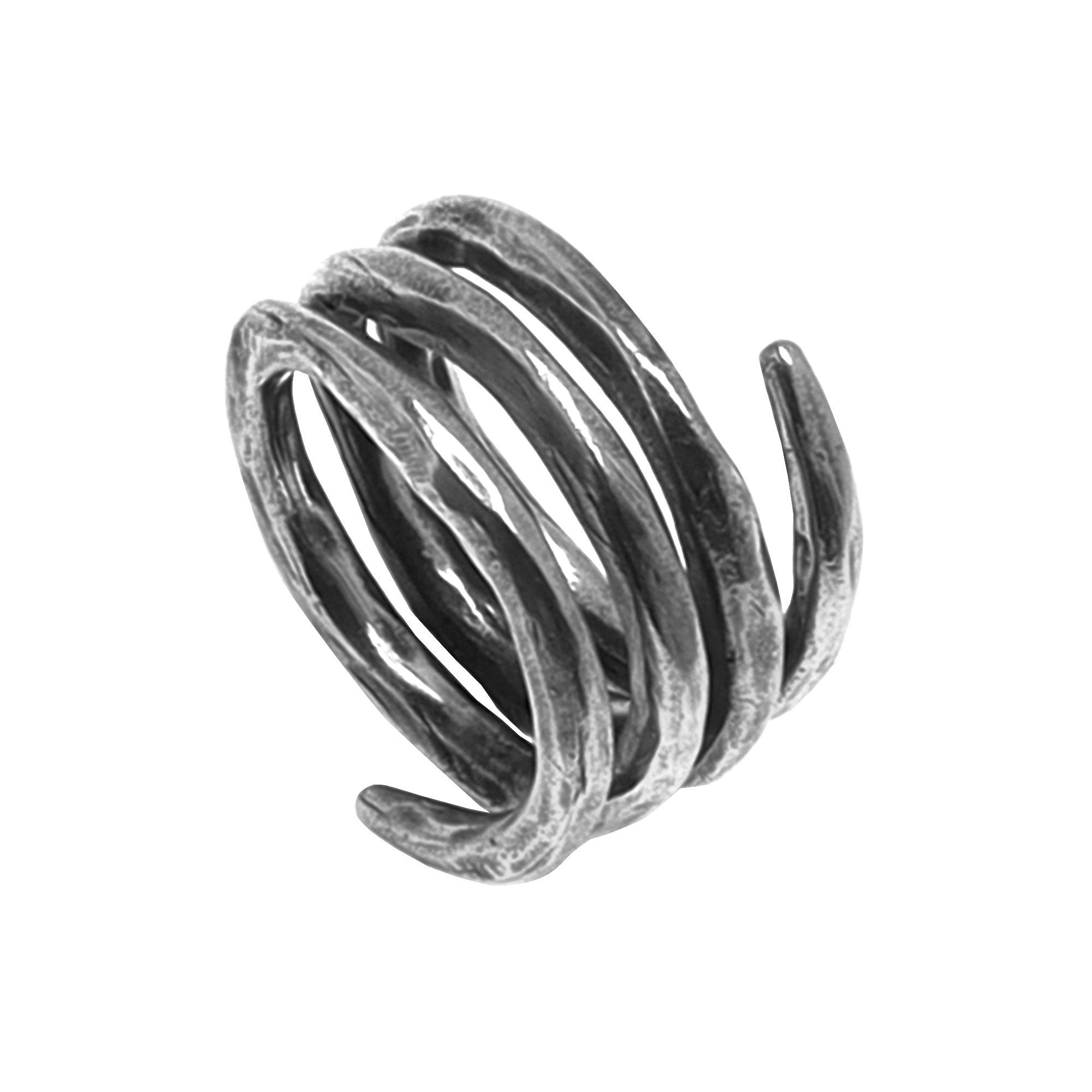by Jesús Zabala - 5 min read
Is 925 Silver Good Quality?
The quest for the perfect material is a never-ending journey every jewelry maker faces. Many may agree that 925 silver is often overshadowed by fine silver. Naturally, this causes many inexperienced jewelry enthusiasts to have doubts. So, is 925 silver good quality?
We will explore the intricacies of sterling silver and its characteristics. We will discuss its quality, durability, and aesthetic appeal to offer a comprehensive understanding of its value. We will also compare fine silver and 925 silver and explore the benefits and drawbacks of each.

Understanding 925 Silver
925 silver, commonly known as sterling silver, is an alloy made up of 92.5% pure silver and 7.5% other metals, typically copper. The term sterling silver is used to signify that this is not pure silver and, as we mentioned, is a silver alloy.
In the jewelry world, 925 silver is renowned for its strength and beauty. Many of us use it in our jewelry designs as an alternative to pure silver.
Is 925 Silver Good Quality?
Yes, 925 silver is of good quality. While some might assume otherwise, the added metals in sterling make this alloy an attractive option.
But is sterling silver good for jewelry? The beauty of the 7.5% other metals in its composition offers sterling silver enhanced durability without compromising its aesthetic appeal. This blend is more suitable for daily wear than pure silver, so it is good for jewelry.
Purity and standards of 925 silver
As we mentioned, sterling silver contains 92.5% pure silver. With only a small percentage of other metals in its structure, sterling silver offers you the perfect balance of luster and durability. The high silver content contributes to its aesthetic appeal, while the additional metals provide strength and tarnish resistance.
Sterling silver: Legal standards and regulations
Those not properly introduced to the legal standards and regulations in jewelry making are likely unaware that manufacturers must abide by silver content standards. Better said, each piece made from sterling silver should carry a hallmark.
The hallmark stamp that helps identify if a jewelry maker uses 925 silver will be one of the following: "92.5", "925", or "925 STG". These hallmark regulations help you receive high-quality products that meet the promised silver purity levels.
Durability and strength of 925 silver
Is sterling silver durable? 925 sterling silver is renowned for its durability. So, many of you prefer it for everyday wear and nightly occasions.
This silver alloy is resistant to wear and tear and retains its shape and beauty over time. However, although it has a more "sturdy" composition than pure silver, it's not scratch-resistant.
Caring for 925 sterling silver
While sterling silver might be able to withstand the test of time and maintain its shape and beauty, proper care is essential for its longevity. To preserve the value and appearance of silver jewelry, we recommend the following guidelines:
- Keep sterling silver away from chemical exposure.
- Regularly polish your sterling silver jewelry with a soft cloth.
- Remove it when taking a bath or going swimming.
- Remove it while exercising.
- Store it in a lined jewelry box and separate sterling silver pieces to avoid scratching.
Having your sterling silver jewelry cleaned professionally is also a good practice. A professional can perform a more detailed inspection for states of wear and help preserve the shine.
Tarnish resistance and care of 925 silver
Sterling silver has a very low tarnish resistance and may darken upon contact with various elements. We can say that sterling silver has a lot of "enemies".
It reacts to humidity and makeup and is sensitive even to the acidic nature of your skin. While all these contacts can cause a sterling silver item to tarnish, there is no room for concern as the tarnish is not permanent.
For instance, all that a 925 silver necklace as our Rugged Chain Necklace needs is good polish. A simple polish can restore the shine of a sterling silver item and ensure it is entirely tarnish-free, speaking from experience.

Hypoallergenic properties of 925 silver
Understanding the hypoallergenic properties of metal is essential for those prone to allergies or those with increased sensitivity. The term "hypoallergenic" refers to metals that are not likely to cause skin irritations or allergic reactions. So, is sterling silver hypoallergenic?
We like to say that sterling silver is generally hypoallergenic. Still, individual sensitivities may vary. We emphasize this because while the high silver content significantly reduced the chances of an allergic reaction, there is a slight possibility that the other metals might cause a reaction.
It's also worth noting that sensitivities vary, and those with extreme sensitivities might experience reactions. Still, sterling silver is hypoallergenic to most.
Additionally, we may prefer coating for our 925 silver pieces. These coatings are usually made from rhodium, which serves as a barrier. This offers added protection to the skin and reduces the likelihood of any skin irritation.
Aesthetic appeal and versatility of 925 silver
Is sterling silver a good metal for jewelry? If you are one of those who are still wondering, the answer is yes. The core value of sterling silver in jewelry designs is directly linked to its versatility and unique aesthetic appeal.
This metal makes an excellent choice for creating intricate gemstone designs such as our River & Vines Ring. We find it easy to mold, so we regularly use it at JewelryLab to create more abstract pieces such as the Huna Ring.
Sterling silver is a more durable alternative to pure silver due to its alloy composition. While it's suitable for everyday wear, it can even be passed down through generations when properly cared for. The addition of copper and other elements like zinc makes it less prone to damage than pure silver.
However, we must note that this metal is more susceptible to tarnish than pure silver. It also comes with slightly reduced hypoallergenic properties due to other components in its structure.
925 Silver Compared to Pure Silver
As its name suggests, pure silver is made from 100% silver. While this precious metal holds its beauty and value, fine silver jewelry comes with multiple challenges. Compared to sterling silver, pure silver is softer and, in turn, easier to damage.
This is why wearing pure silver is usually reserved for special occasions. Its softness makes it more difficult to handle and unsuitable for gemstone jewelry designs.
While pure silver has amazing hypoallergenic properties and a high purity, its softness limits its practicality. This is why we may say that sterling silver can be superior for many jewelry needs.

Conclusion
Is 925 silver good quality? After our deep exploration of sterling silver, we may say that this silver alloy is exceptionally versatile and practical in jewelry making.
Its distinct composition of pure silver and a small amount of other metals gives it enhanced durability and good hypoallergenic abilities. This makes it an excellent choice for everyday wear.
In essence, 925 silver stands as a perfect balance between allure and functionality. Plus, the hallmark regulations in sterling silver ensure that jewelry lovers receive quality products. So, pick one of our sterling steel pieces of jewelry today!
-
DESIGNED & HANDMADE IN BALI
-
FREE RESIZING FOR EVERY PIECE
-
FREE SHIPPING ON $150+ ORDERS
-
100% SAFE & SECURE CHECKOUT

